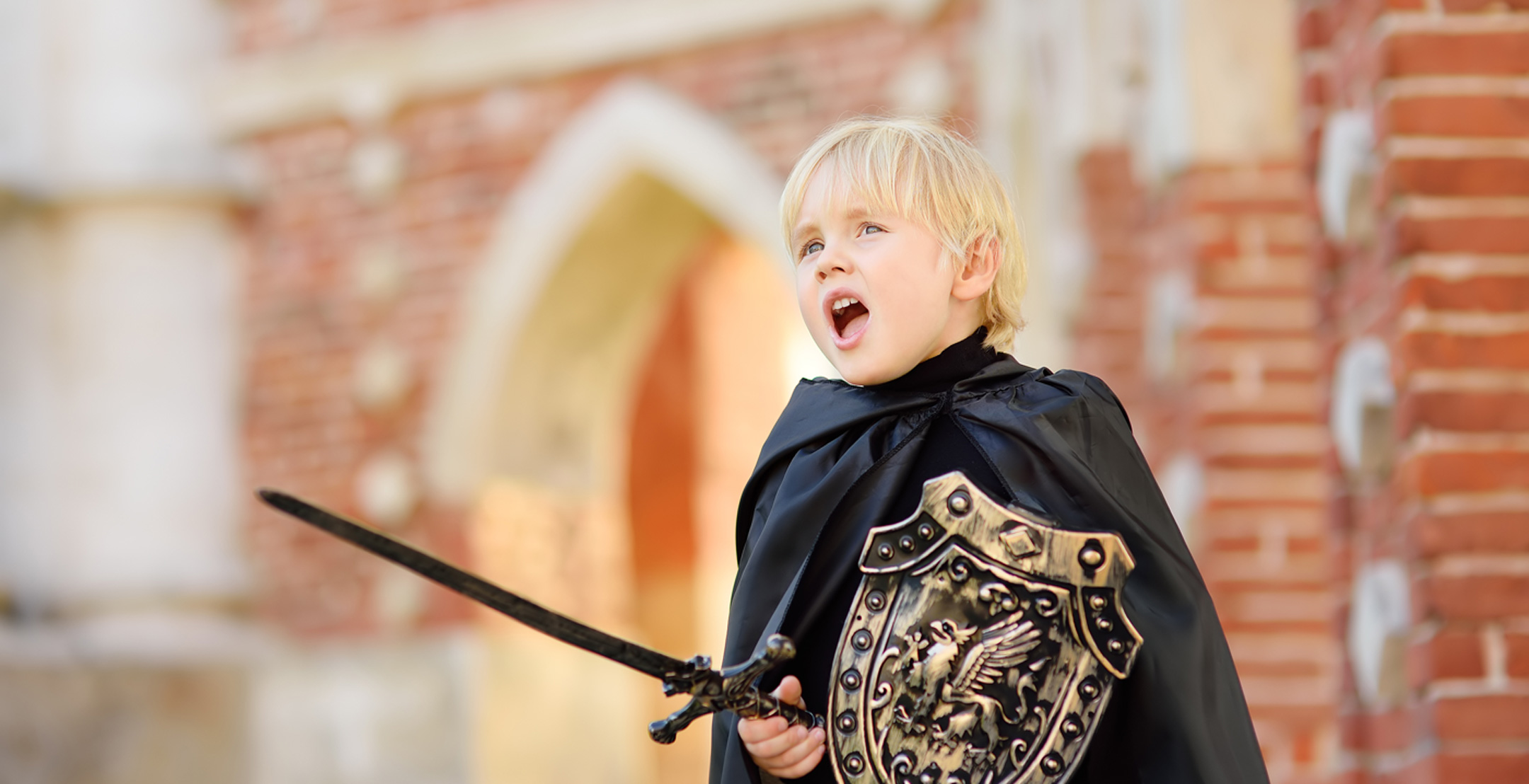
23 May Dress-up games: why they’re good for children
Dress-up games let your child act out different roles, explore ideas, develop imagination, and express emotions in a safe way.
From around the age of 3 years, your child might enjoy dress-up games as they can let your child act out different roles, explore ideas about the real world and develop their imagination. For example, your child might choose to be a pirate stomping around and scaring people or a doctor giving their teddy a check-up.
Dress-up games and pretend play also allow your child to explore and express emotions in a safe way. For example, your child could pretend to be kind like a teacher or brave like a police officer.
What you need for children’s dress-up games
Collect a box of clothes and other things your child can use for dress-up games. Your collection might include:
- old clothes, especially fun and colourful clothes
- shoes and boots, especially shoes that let your child walk differently, like platforms or heavy boots
- hats, belts, handbags and jewellery
- pieces of fabric and scarves – these make great capes, turbans, veils and shawls
- simple dress-up props – you can buy these from a bargain store or make your own.
How to follow your child’s lead in play
- Start by noticing what your child is interested in. It could be something they’re playing with, like a ball, or something they’re doing, like jumping through puddles.
- Ask your child if you can join in.
- Go along with what your child is doing. If they roll a ball to you, you might roll it back. Stay focused on the activity. Avoid distracting your child or changing the way the activity is happening.
- Ask questions or comment on what you’re both doing. For example, ‘That was a big roll – I nearly missed it!’ Give your child time to respond.
- If your child changes to something new, let them be the leader. For example, if they stop rolling the ball and start playing with blocks, move to the blocks with them.
How to play dress-up games with your child
- Avoid telling your child what they should be or wear. Creating an outfit and a character is part of the fun for your child. For example, your child might use their imagination to create a superhero outfit from a towel and swimmers.
- Get into the moment with your child by asking them if you can play, too. Follow their lead. If your child wants to be a doctor, maybe you can be a patient. Extend the game by asking questions and inventing new scenarios. For example, ‘You’re bandaging my broken arm? Will that fix it? Ow! It still hurts. What else can you do?’
- Give your child a mirror so they can see themselves dressed up as another character. Your child might enjoy doing different poses or pulling faces. For example, they could be a scary monster or a silly clown.
- Sometimes, your child might want to dress up and play imaginary games alone or with their toys. You might hear your child talking to themselves in different voices as they play. It’s OK if your child doesn’t want you to join in – you can just ask them another time.
Adapting dress-ups for children of different ages and with diverse abilities
Younger children might just enjoy putting on and taking off different things. For example, they might want to try on different hats or clothes without getting into a character or an imaginary game. You can still join in – for example, ‘You look like a rodeo rider in that hat. Can I try it on next?’
You can involve older children in making their own costumes. Try a pirate patch made out of a piece of black cardboard and some elastic or a pair of wings made from an old pair of stockings stretched over some bent coat hangers.
Read more ideas from Raising Children here
Or, as Sarah Halfpenny found out, they can be a problem too. Read her story, Down With Dress-Ups





